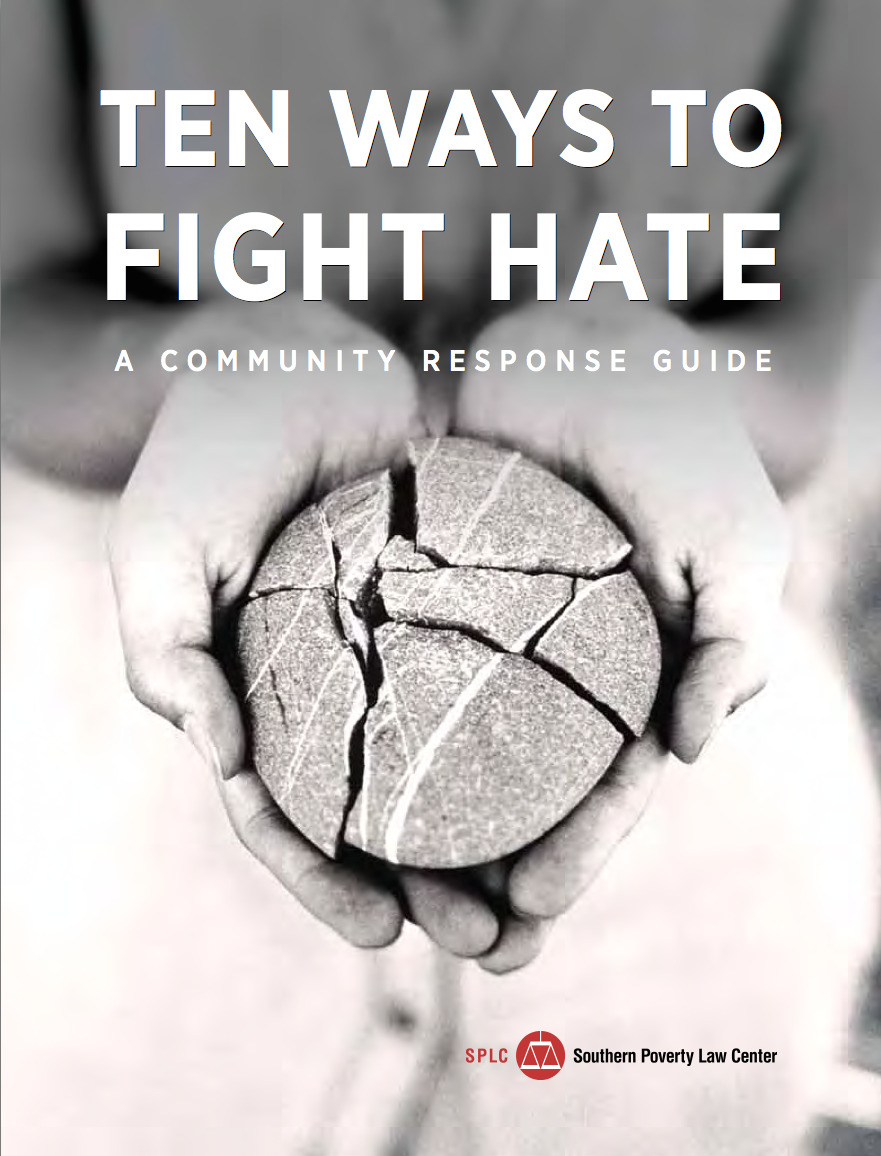There is a natural health practitioner in our area who sells and promotes a lot of odd, gadgety, gimmicky items. When my wife and mother-in-law, who is her patient, began talking about “earthing” a decade or so ago, it set off my BS alarms. Without any further investigation, I dismissed it as pseudoscientific quackery, with benefits only to the quack’s cash register.
I think that this was partly because of the name “earthing.” For some reason, if the products had been called “grounding mats” I might have reacted slightly differently. Earthing just sounded too calculatingly new-agey.
Lower back pain desperation eventually got the better of my prejudice, though, and I purchased one of the mats and put it on my chair, thinking that it might help. Of course, it didn’t, because of the layers of clothing insulating me. The mat got rolled up and placed in a drawer.
I accidentally rediscovered grounding about two years ago. I was looking for a decent pair of sandals to wear every day that were not made of leather. I felt a little foolish searching for “Vegan Sandals” but there you go. I found Earth Runners through the search, and began to look into them.
One of the features of the Earth Runners is a copper plug on the outsole, connected to conductive lacing for grounding. This set off my skepticism again, but this time I researched a bit, and found some actual demonstrations of folks checking effects of the footwear as compared to typical running shoes (and to bare feet) using a continuity tester or voltage meter. One of the more dramatic demonstrations was filmed underneath towers of high voltage electrical wire. The Earth Runners’ grounding was comparable to barefoot, while the sneakers completely insulated their wearer from the ground, and its voltage clearing effects.
I’ve worn the sandals, almost to the exclusion of all other footwear, year ’round ever since. I wear them principally for the comfort and health of my feet, and until recently considered the grounding effect a less important side benefit.
A few weeks ago, I had a conversation with my niece that drifted into the subjects of running, and footwear, and the legendary Tarahumara barefoot runners. Afterwards, this led to a book and web search rabbit hole which eventually brought me to the video at the top of this post.
I take back every cynical, dismissive, condescending word that I ever uttered about this practice.
The science is good and fairly conclusive (even at this point, with more studies being done all the time). The benefits of grounding – whatever you may call it – are wide ranging across the dimensions of life, physical, mental, emotional and spiritual. Once should consider the practice even if only for the well documented anti-inflammatory effects.
Our family is certainly spending more time with our bare feet on the ground now, and we’ll be adding an earthing mattress to our bed as soon as it arrives from Ober’s earthing.com website.
I would recommend the documentary most highly, and will not scoff if I find you sitting naked on your back lawn.
 On April 4th of 2019 I began a daily meditation practice. Since that time I’ve seen some incredible improvements in pretty much all aspects of my life. My practice of meditation wasn’t purposeful nor intentional at first. I stumbled on to it. I had no real expectations and no serious commitment. But once I began seeing the positive effects, it became a part of my life that I’d never want to do without.
On April 4th of 2019 I began a daily meditation practice. Since that time I’ve seen some incredible improvements in pretty much all aspects of my life. My practice of meditation wasn’t purposeful nor intentional at first. I stumbled on to it. I had no real expectations and no serious commitment. But once I began seeing the positive effects, it became a part of my life that I’d never want to do without. In February of 2019, on a whim and for no particular reason other than curiosity, I began a habit of drawing a single Tarot card each day, looking at it, reading about it, thinking about how the depiction might apply to my life, and writing down a few notes. To my surprise, this practice has changed my life profoundly, and for the better.
In February of 2019, on a whim and for no particular reason other than curiosity, I began a habit of drawing a single Tarot card each day, looking at it, reading about it, thinking about how the depiction might apply to my life, and writing down a few notes. To my surprise, this practice has changed my life profoundly, and for the better.




